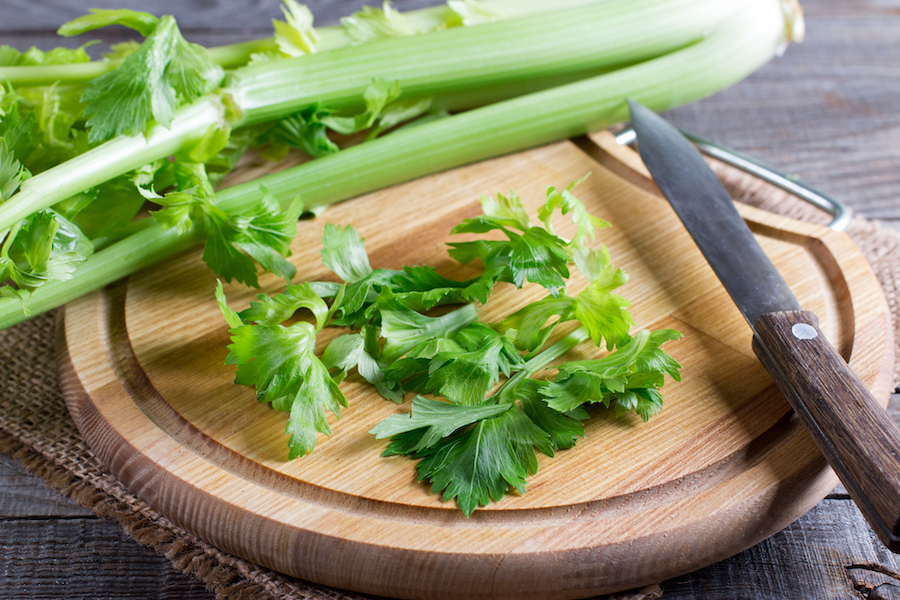The ‘root to leaf’ trend – what is it?
Throwing the whole vegetable into a dish cuts down on waste – and packs some extra vitamins, too
Already a craze amongst waste-conscious home cooks and tipped to be a major culinary trend in 2018, ‘root to leaf’ cooking is certainly having its moment.
The process of using the entirety of a vegetable – leaves, stem and all – in creating a dish, root to leaf cooking is a money-saving and nutrient-boosting way to get more out of your vegetables.
The trend has become so popular that restaurants like Stem + Glory in Cambridge have started using root to leaf cooking in all of their dishes, and eager foodies are raving about getting the most out of every vegetable.
“Using all the parts of the vegetable is a far more sustainable approach”, Louise Palmer-Masterton, founder of Stem + Glory, tells us. “Rather than discarding the bulk of the vegetable, there are many creative ways to use all its parts – we do a lot of pickling of stalks for example.”
So what’s all the fuss about? Importantly, root to leaf cooking helps us combat food waste. British households throw away seven million tonnes of food each year and vegetables are amongst the most-wasted.
And many root to leaf converts are amazed to discover the nutritional benefits of the parts of a vegetable most people throw away. “The vitamin content varies through the vegetable – using more of it will give the full spectrum of vitamins and minerals,” Louise points out. Carrot tops, for example, are bursting with vitamins A and C, as well as iron, calcium and fibre. Broccoli leaves are another great source of fibre, and also contain vitamin K.
In fact, the stems of a vegetable often contain more nutrients than the vegetable itself, because they’re rooted in the soil – so it’s little surprise there’s been a movement to save the ugly bits of a vegetable from the bin.
Restaurants may have led the charge in the past few months, but the process is easy to follow at home – and while there are a few vegetables which should not be eaten in their entirety, many can – from spring onion and leek tops to cauliflower leaves and squash seeds. There are even root to leaf cookbooks on sale, for the home chef who’s serious about getting the best out of their greens.
Soups are a great way to get the best of the whole veg – blending stems and leaves in with the main part of the veg won’t detract from the taste, and will pack in all the additional nutrients. Carrot and parsnip soup, for example, is a quick and tasty dish to try the root to leaf process out on.
Broccoli and beetroot leaves are two more nutritious but neglected delicacies, and can be used in a stir fry, thrown into a coleslaw or even added to an omelette. And smoothies provide a ready-made destination for vegetable leaves.
The great news for those of us without a multi-thousand-follower Instagram account is that this is a food trend we can get aboard with minimal fuss – and it saves money and reduces waste too. So the next time you’re serving a salad, soup, or just about any other dish at all, throw the whole vegetable in and marvel at your cutting-edge foodie know-how.
The Press Association
Latest posts by The Press Association (see all)
- World Penguin Day: Test your knowledge with our penguin-themed quiz - April 23, 2024
- Kate’s new photo of Louis released to celebrate prince’s sixth birthday - April 23, 2024
- Alan Titchmarsh: Slugs are never going to be my friends - April 23, 2024
- Prince Louis celebrates sixth birthday - April 23, 2024
- Special episode of Planet Earth III to be narrated by schoolchildren - April 22, 2024






















